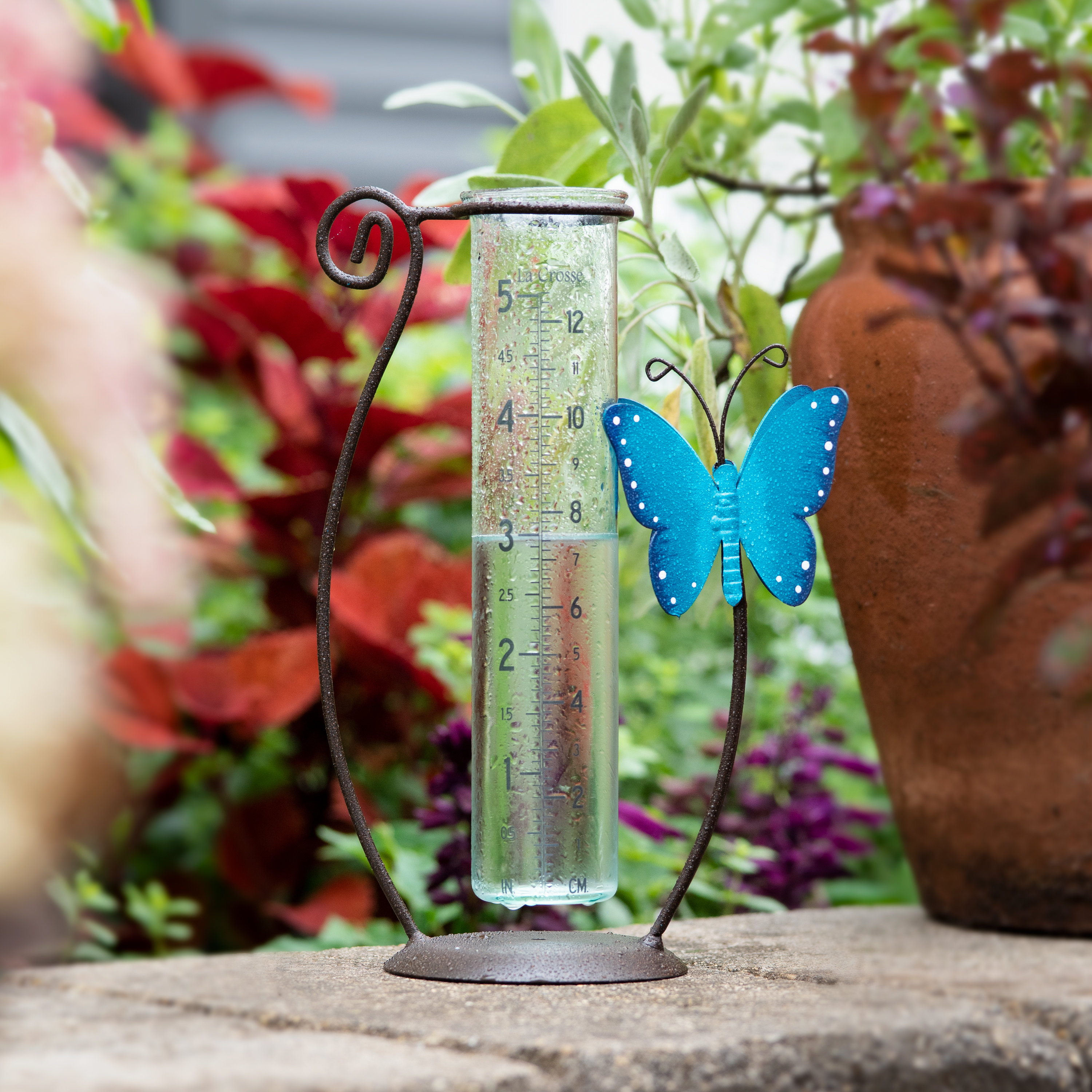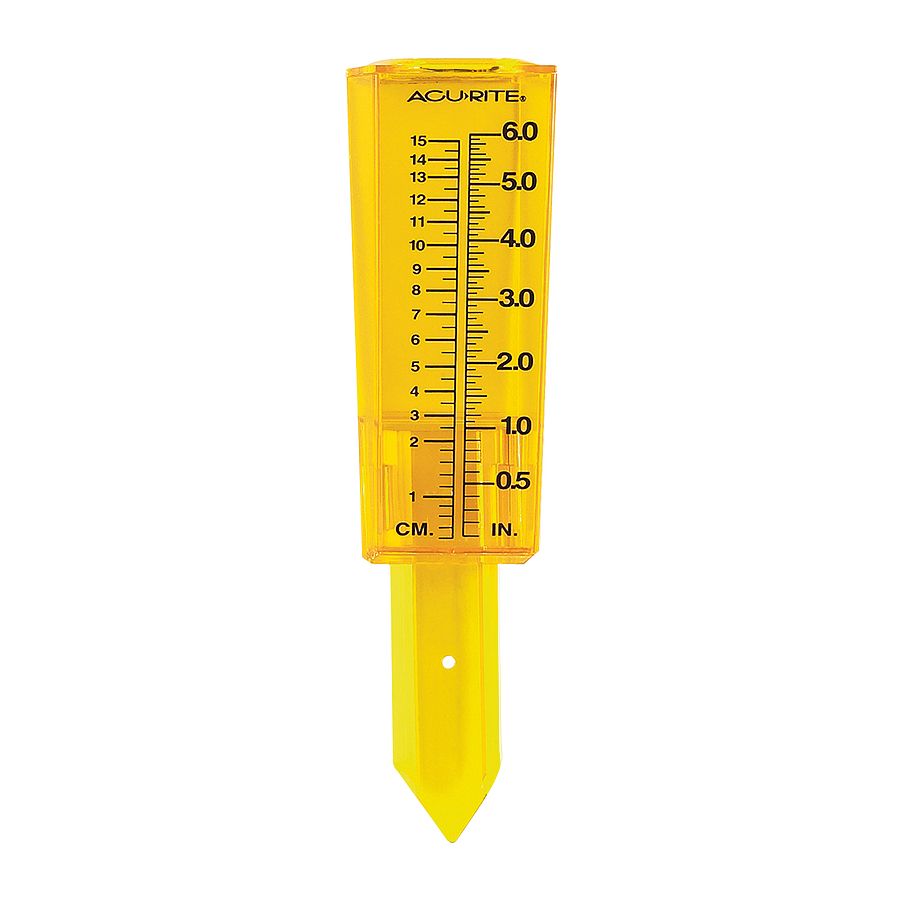The Rain Gauge: A Comprehensive Guide to Accurate Weather Condition Dimension
Wiki Article
DIY Rainfall Gauge: Straightforward Actions to Make Your Own
Are you thinking about tracking rains in your area? Creating your very own DIY rainfall gauge is a straightforward and efficient means to videotape and measure rainfall. With just a couple of common products and some basic actions, you can conveniently construct your own rain gauge in the house. In this guide, we will certainly provide you with a detailed procedure to assist you produce your very own rain scale. No need for any type of specialized expertise or equipment - this task can be completed by any individual. By following these basic instructions, you will certainly have a trusted tool to determine rains and add to your understanding of the regional climate patterns. So, let's get going on making your DIY rainfall gauge today!Gather Products
To start constructing your Do it yourself rain scale, gather all the needed products using a comprehensive listing of items. Having the ideal materials on hand will certainly guarantee the effective creation of your rainfall gauge and enable for precise dimensions of rainfall. Collecting these materials beforehand will simplify the building procedure and guarantee that you have whatever you require to create your very own Do it yourself rain gauge.Prepare the Container

Mark the Measurement Increments
To properly gauge the amount of rainfall, precisely marking the dimension increments on your DIY rain scale is essential. Without precise and clear markings, it would certainly be tough to identify the specific quantity of rains collected in your rainfall scale. Here are the actions to mark the measurement increments on your rainfall gauge.The most typical devices for determining rains are inches and millimeters. When you have actually picked the unit, utilize a permanent marker or water-proof paint to mark the increments on the side of your rain scale.
When noting the increments, it is very important to make certain that they are evenly spaced and clearly noticeable. Use a ruler or determining tape to make certain accuracy and consistency. In addition, ensure that the markings are resistant to fading or abrading, as direct exposure to the elements may trigger them to degrade in time.
Area the Rain Gauge Outdoors
The rain gauge must be positioned outdoors to accurately collect rains data. The place chosen for the rain gauge need to be open and complimentary from any kind of obstructions that could potentially impact the dimension of rains. It is vital to locate a place that is not blocked by trees, structures, or various other frameworks that can obstruct the rainfall from getting to the gauge. This will make sure that the gathered information is agent of the real rainfall in the area.Furthermore, it is vital to place the rain gauge on a stable surface area, such as a degree ground or a durable message. This will avoid any type of movement or tilting of the scale, which can cause incorrect measurements. It is additionally suggested to prevent putting the gauge near any kind of sources of man-made water, such as sprinklers or drainage systems, as this can disrupt the accuracy of the dimensions.
Display and Record Rainfall Information
Regular surveillance and recording of rains data is vital for exact data evaluation and interpretation. By maintaining track of rainfall measurements, you can obtain beneficial understandings right into weather patterns, climate trends, and water resource monitoring. To efficiently monitor and videotape rainfall information, it is very important to develop a routine and keep constant methods.First of all, make certain that your rain scale is positioned in an open location away from challenges such as trees or structures that may block rainfall. Furthermore, see to it the rain scale is level and safely secured to avoid any kind of movement that can affect the accuracy of the dimensions.
his explanation

When taping the rains information, it is necessary to note the date and time of each measurement. Utilize a leader or a gauging adhere to establish the rainfall depth in the rain gauge, and record this information precisely.
To guarantee the accuracy of the measurements, it is recommended to clear the rainfall scale after each recording. This will certainly protect against any kind of overflow or dissipation from impacting subsequent measurements.
Final Thought
To conclude, developing a DIY rainfall gauge is my website a simple and sensible way to monitor and videotape rainfall data (The Rain Gauge). By complying with the steps laid out in this post, you can easily collect materials, prepare the container, note the measurement increments, and position the rain scale outdoors. Frequently keeping an eye on and taping rains data can provide beneficial info for different purposesHaving the right materials on hand will certainly guarantee the effective production of your rain gauge and enable for accurate dimensions of rainfall.To properly determine the amount of rainfall, properly marking the measurement increments on your Do it yourself rainfall gauge is necessary.The rain gauge need to be placed outdoors to precisely accumulate rainfall information. The area selected for the rainfall scale ought to be totally free and open from any type a fantastic read of blockages that could potentially influence the dimension of rainfall.In final thought, creating a DIY rain scale is a simple and useful way to keep an eye on and videotape rainfall data.
Report this wiki page